The family Rhaphidophoridae commonly known as cave crickets, camel crickets, Hogan bugs, spider crickets (sometimes shortened to “criders” or “sprickets”), land shrimp, and sand treaders. Those occurring in New Zealand are typically referred to as jumping or cave wētā. There are more than 500 species of Rhaphidophoridae.
Most cave crickets have very large hind legs with “drumstick-shaped” femora and equally long, thin tibiae, and long, slender antennae. The antennae arise closely and next to each other on the head. They are brownish in color and appear rather humpbacked in appearance, always wingless, and up to 5 cm long in body and 10 cm for the legs. The bodies of early instars may appear translucent.
As their name suggests, cave crickets are commonly found in caves or old mines. Some inhabit other cool, damp environments such as rotten logs, stumps, and hollow trees, and under damp leaves, stones, boards, and logs. Occasionally, they prove to be a nuisance in the basements of homes in suburban areas, drains, sewers, wells, and firewood stacks.
Source: Wikipedia
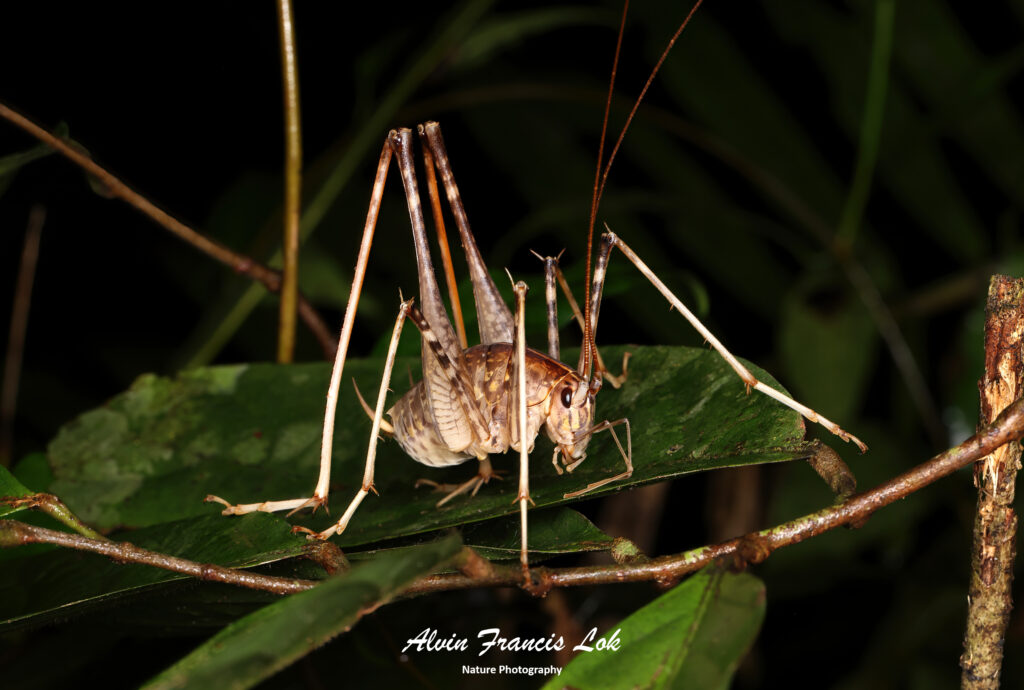
(Khao Sok NP, Thailand)
Subfamily Dolichopodainae
Tribe Dolichopodaini
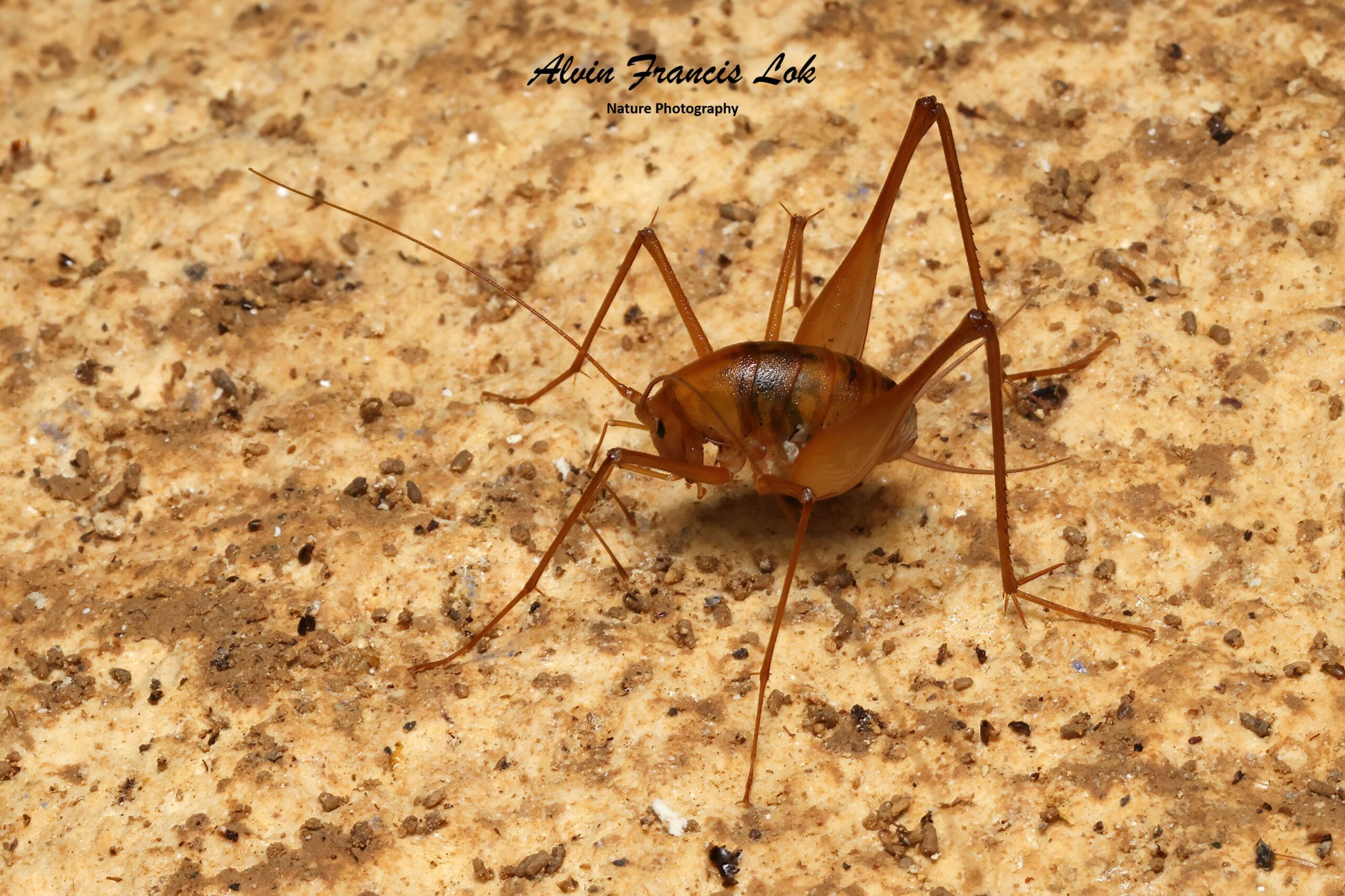
(Sarawak, Malaysia)
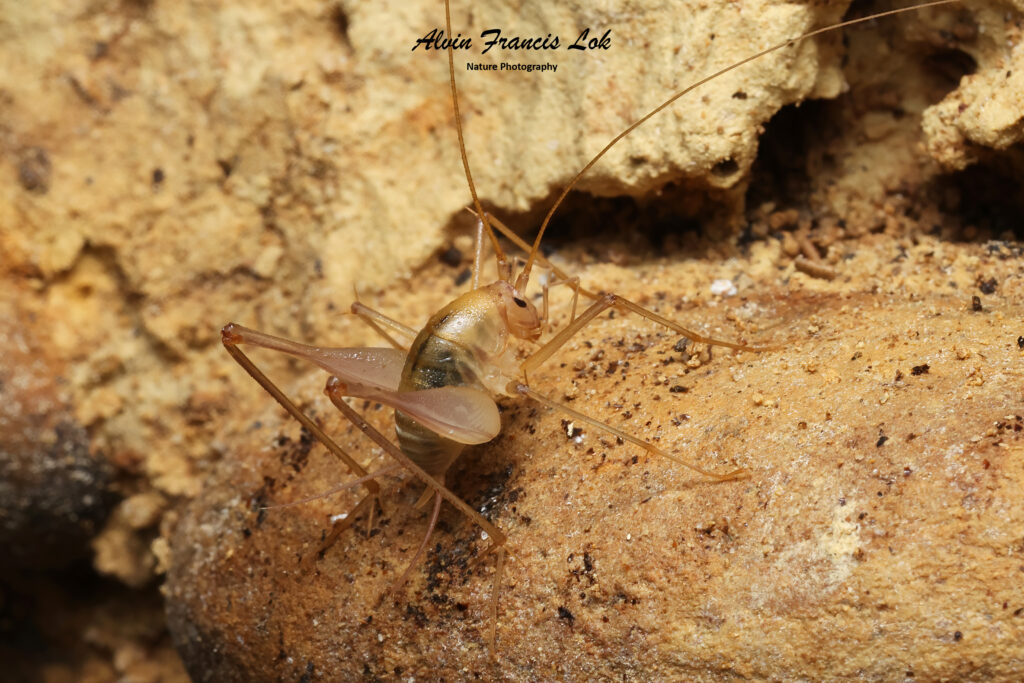
(Sarawak, Malaysia)
Subfamily Rhaphidophorinae
Tribe Rhaphidophorini
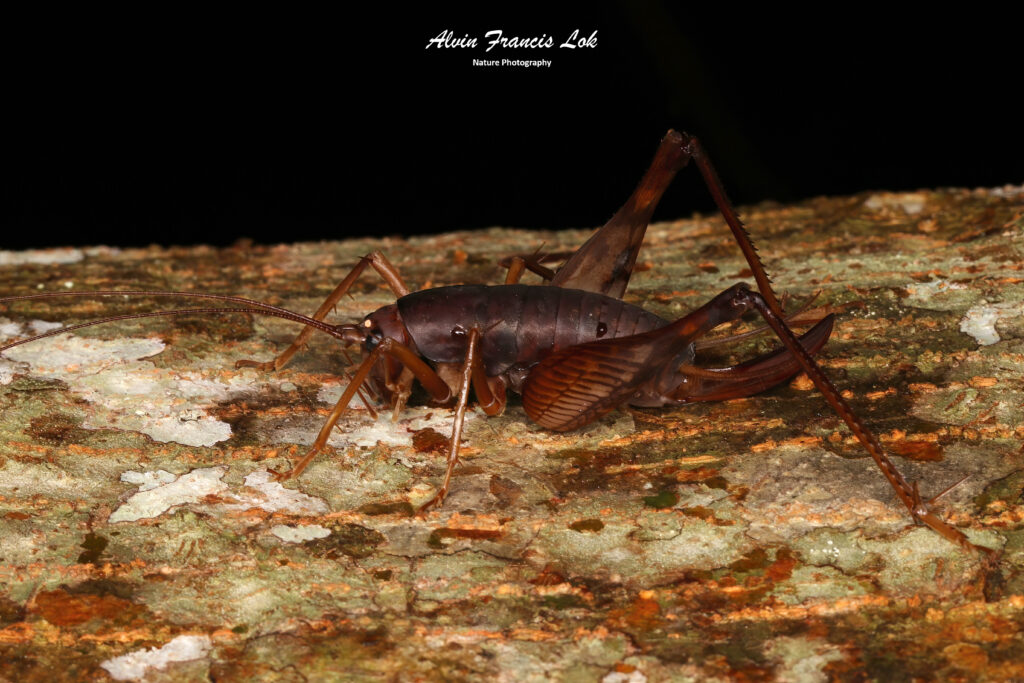
(Singapore)
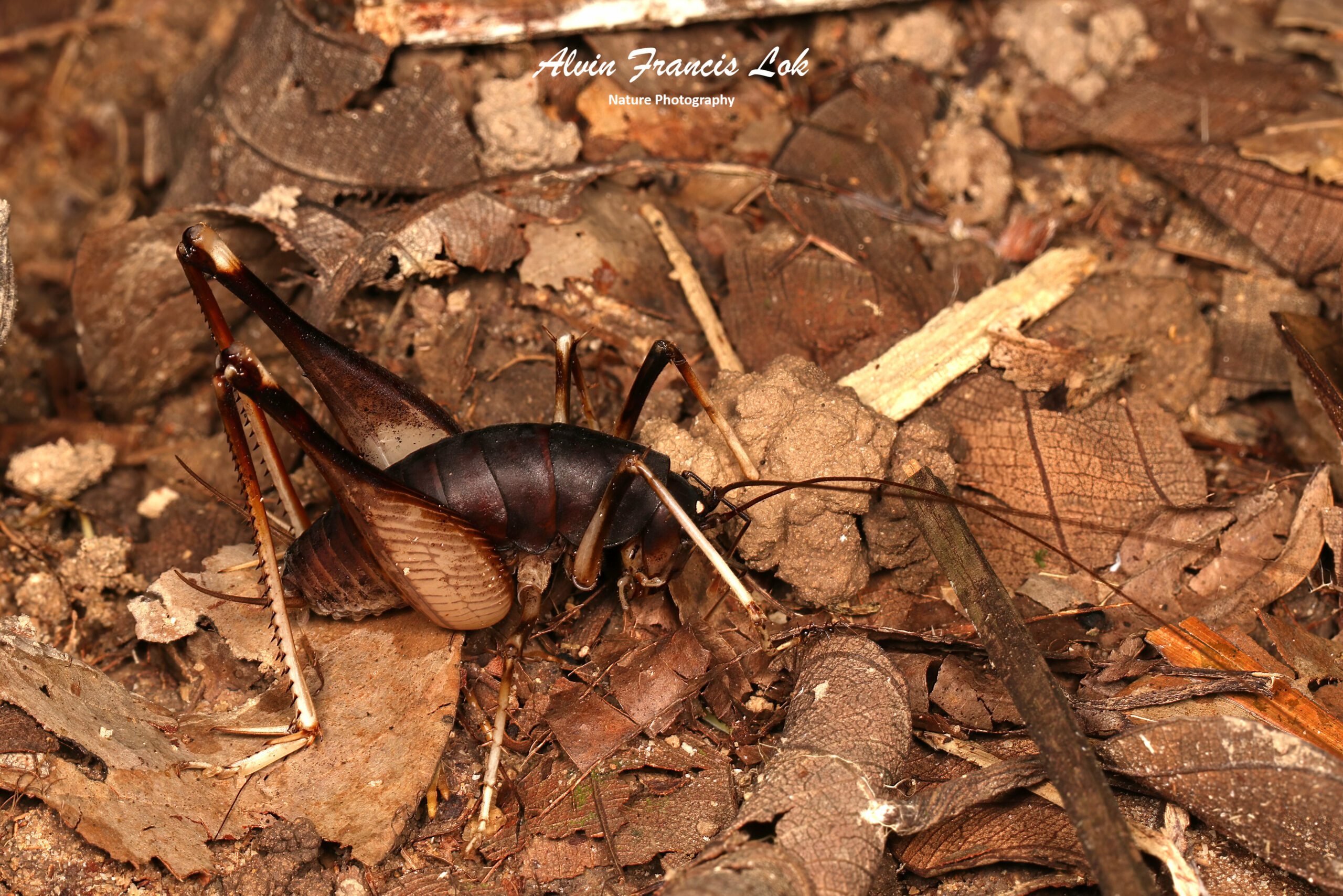
(Singapore)
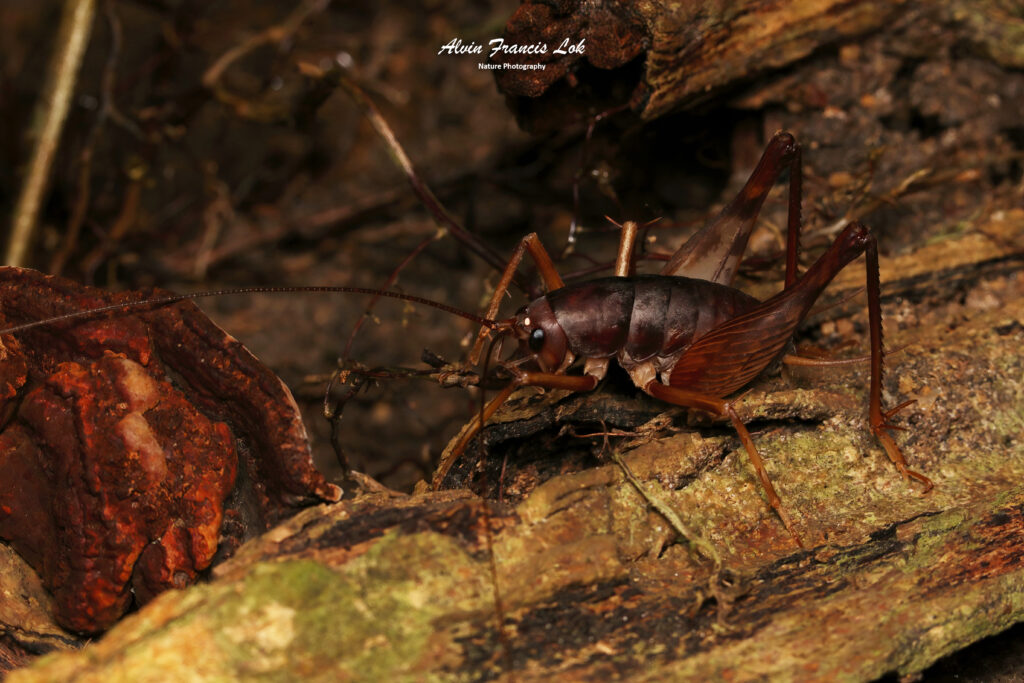
(Singapore)